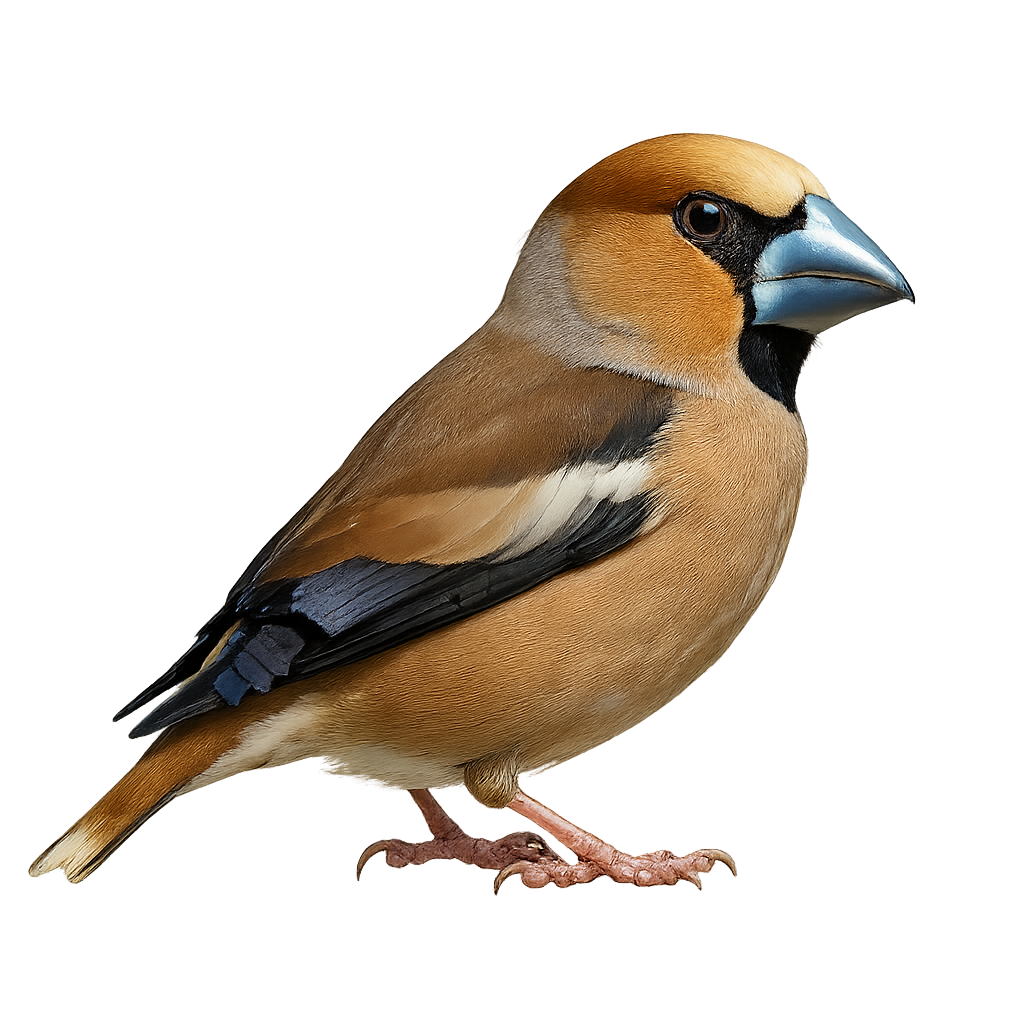Your wildlife photography guide.
Explore the hawfinch in detail, study its behavior, prepare your shots.
Where to observe and photograph the hawfinch in the wild
Learn where and when to spot the hawfinch in the wild, how to identify the species based on distinctive features, and what natural environments it inhabits. The WildlifePhotographer app offers tailored photography tips that reflect the hawfinch’s behavior, helping you capture better wildlife images. Explore the full species profile for key information including description, habitat, active periods, and approach techniques.
Hawfinch
Scientific name: Coccothraustes coccothraustes

IUCN Status: Least Concern
Family: FRINGILLIDAE
Group: Birds
Sensitivity to human approach: Suspicious
Minimum approach distance: 30 m
Courtship display: April to May
Incubation: 11-14 jours
Hatchings: April to June
Habitat:
Temperate forests, orchards, hedgerows, and gardens, mainly in Europe and Asia, in wooded and semi-open areas
Activity period :
Primarily active during the day, with peak activity in the morning and late afternoon.
Identification and description:
The Hawfinch is a small passerine bird with a very powerful beak, designed to crack hard seeds and kernels. It measures about 22 cm in length and weighs between 50 and 70 g. Its plumage is mainly brown and gray, with white markings and a black patch on the head, while its wings are black with distinct white spots. The beak is wide, conical, and very robust, and it is the most remarkable feature of the bird. The Hawfinch primarily inhabits forests and wooded gardens in Europe and Western Asia, notably in France, Germany, Russia, and Turkey. It primarily feeds on seeds, particularly fruit pits and tree seeds. Its behavior is rather discreet and solitary, although it can be seen in small groups during the winter months. While the species is not endangered, habitat loss and deforestation may pose potential threats.
Recommended lens:
400 mm – adjust based on distance, desired framing (portrait or habitat), and approach conditions.
Photography tips:
Use a telephoto lens to photograph the hawfinch, especially when it’s feeding on seeds or perched in trees.
Soft morning or evening light is ideal to capture the details of its powerful beak and plumage.
Be discreet and respect its space, especially during the breeding season, to avoid disturbing its natural behavior.
IUCN status: Least Concern. Respect its natural habitat and minimize disturbance.
The WildlifePhotographer App is coming soon!
Be the first to explore the best nature spots, track rutting seasons, log your observations, and observe more wildlife.
Already 1 431 wildlife lovers subscribed worldwide

